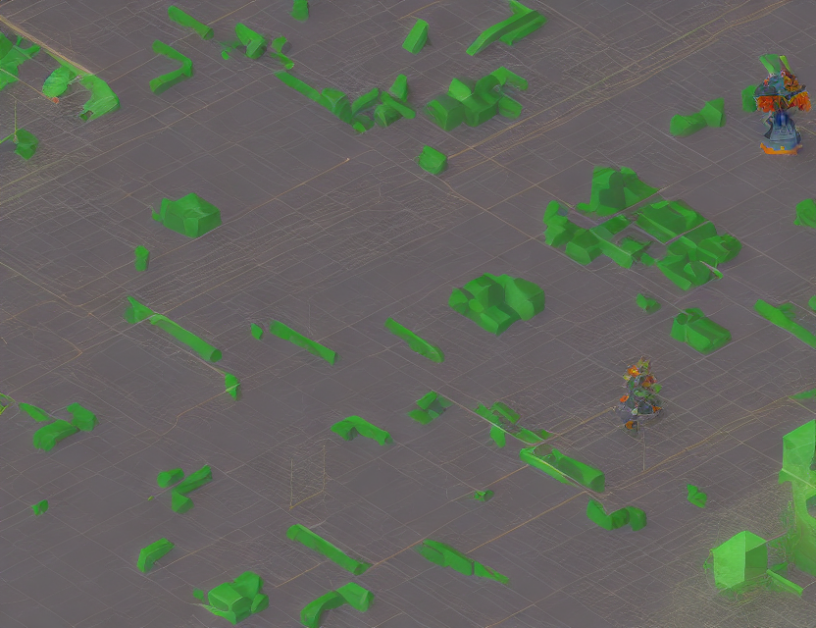In this article, we delve into the realm of reinforcement learning, where algorithms strive to optimize values in complex environments. To ensure their efficiency and effectiveness, researchers aim to provide theoretical guarantees on their performance. However, developing these guarantees can prove challenging due to the intricate nature of reinforcement learning problems. Our work addresses this challenge by introducing certified upper and lower bounds, which enable us to estimate the expected value of a policy’s cumulative rewards with confidence.
We begin by explaining the fundamental concept of a martingale, a sequence of random variables that exhibit certain statistical properties. In reinforcement learning, we use martingales to represent the expected value of a policy’s cumulative rewards over time. However, estimating these values can be challenging due to the non-stationarity of the environment and the limitations of existing methods.
To address this challenge, we introduce certified upper and lower bounds. These bounds provide us with a range of expected values within which the true value must lie. By using these bounds, we can determine with confidence whether a policy is likely to be effective or not. We demonstrate the efficacy of our approach through simulations and show that it can lead to up to 35.32% improvement in training and validating time compared to existing methods.
Our analysis reveals a significant trend of change in the tightness of bounds as we vary the granularity τ and refinement step length ξ. We observe that tasks with smaller initial granularity τ and possibly larger refinement step length ξ complete training and validation in fewer iterations, while tasks with larger initial granularity τ and possibly smaller refinement step length ξ require more iterations to produce tighter bounds.
Furthermore, we explore the effectiveness of certified upper and lower bounds in different scenarios. We show that our approach can reduce false positives and unnecessary refinement and training by providing more precise estimates of expected values. We also demonstrate how our method can be applied to various reinforcement learning problems, including training on concrete states and abstract states under different uniform noises.
In conclusion, this article introduces certified upper and lower bounds as a powerful tool for evaluating the performance of reinforcement learning policies. By providing a range of expected values within which the true value must lie, these bounds enable us to determine with confidence whether a policy is likely to be effective or not. Our simulations demonstrate the efficacy of this approach and highlight its potential to improve the efficiency and effectiveness of reinforcement learning algorithms.
Artificial Intelligence, Computer Science
Analyzing Granularity and Refinement Step Length for Reinforcement Learning



